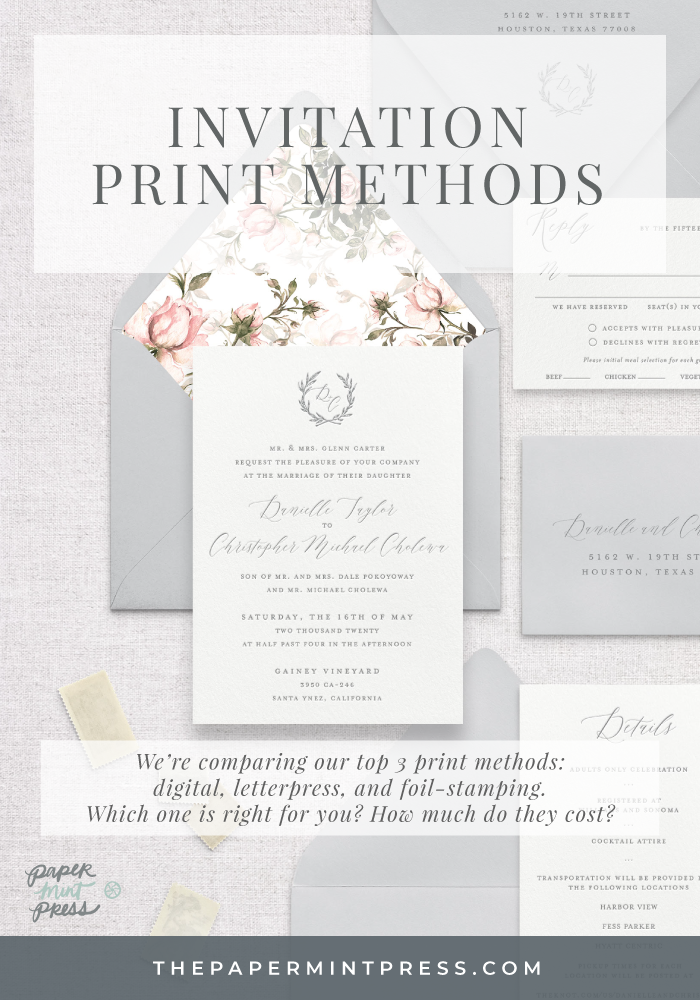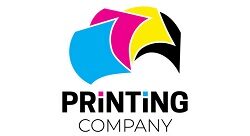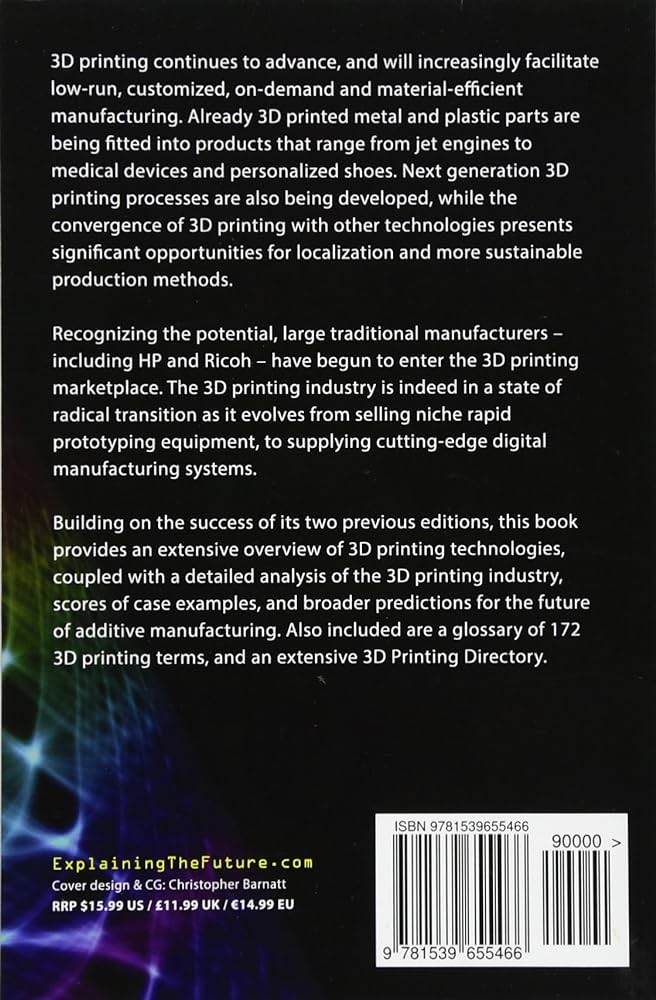Digital Printing vs. Traditional Printing: Terminology Breakdown
Introduction
When it comes to printing, there are two primary methods that have been prevalent for a long time: digital printing and traditional printing. Both processes have their own set of advantages and limitations, and understanding the terminology associated with each can help make informed decisions for your printing needs. In this blog post, we will break down the key terms related to digital printing and traditional printing, and provide a comprehensive comparison of the two.
1. Understanding Digital Printing

Digital printing refers to the process of reproducing digital images or documents onto various substrates, such as paper, fabric, or plastic. It involves using computerized technology to transfer the artwork or text directly from a digital file onto the printing surface. Digital printing offers several advantages, including faster turnaround times, lower costs for smaller print runs, and the ability to customize each printed piece.
2. Traditional Printing Methods
Traditional printing, on the other hand, encompasses a wide range of techniques that have been used for centuries. These include letterpress, offset lithography, gravure, flexography, and screen printing. With traditional printing methods, the artwork is first transferred onto a physical printing plate, which is then used to transfer the image onto the desired substrate.
3. Key Differences
3.1 Printing Technique
In digital printing, the image is directly transferred onto the printing surface using inkjet or laser printers. Traditional printing methods involve an intermediate step where the image is transferred from a plate to the printing surface.
3.2 Cost and Turnaround Time
Digital printing is generally more cost-effective for shorter print runs since there are no setup costs involved. Traditional printing methods are more suitable for larger quantities due to the initial setup expenses. Additionally, digital printing offers faster turnaround times as it eliminates the need for plate creation.
3.3 Customization and Personalization
Digital printing allows for easy customization and personalization of each printed piece. It enables variable data printing, where each item can have unique content, such as names, addresses, or images. Traditional printing methods are limited in terms of customization and are better suited for static designs.
3.4 Print Quality
Both digital and traditional printing can produce high-quality prints. However, traditional printing methods often offer a wider range of color options and special effects, such as metallic inks or embossing. Digital printing is continuously improving and can now achieve comparable results in terms of print quality.
4. Applications
4.1 Digital Printing
Digital printing is commonly used for on-demand printing, short print runs, personalized marketing materials, variable data printing, and prototyping. It is ideal for projects that require quick turnaround times, customization, or frequent updates.
4.2 Traditional Printing
Traditional printing methods are often preferred for large-scale production, such as newspapers, magazines, packaging, and promotional materials. They are suitable for jobs that require consistent color reproduction, special finishes, or high-volume printing.
5. Which Option is Right for You?
Choosing between digital printing and traditional printing depends on your specific needs and requirements. Consider factors such as budget, quantity, turnaround time, level of customization, and desired print quality. For smaller print runs, tight schedules, or personalized prints, digital printing is the better choice. Traditional printing is more suitable for large-volume projects that require specific finishes or color accuracy.
Summary
Printing has evolved significantly over the years, and today we have two major printing methods: digital printing and traditional printing. Digital printing refers to the process of directly transferring digital files onto various surfaces, such as paper, fabric, or plastic, using advanced printers. On the other hand, traditional printing involves using techniques like lithography, flexography, or letterpress, where ink is transferred from a plate or a block onto the desired material.
Understanding the terminology associated with these two printing methods is crucial for anyone involved in the printing industry or seeking printing services. Terms like resolution, color gamut, bleed, and dpi (dots per inch) are essential for achieving optimal print quality.
In this blog post, we will delve into the key terms and concepts of digital printing and traditional printing, explaining their significance and how they affect the final print output. By the end of this article, you will have a clear understanding of the dif here are the findings ferences between these two methods, allowing you to make informed decisions about which option suits your specific printing needs best.

Welcome to my website! My name is Logan Truscott, and I am a professional Vehicle Wrap Designer with a passion for all things related to printing and design. With years of experience in the industry, I have honed my skills and expertise to provide top-notch services to my clients.

